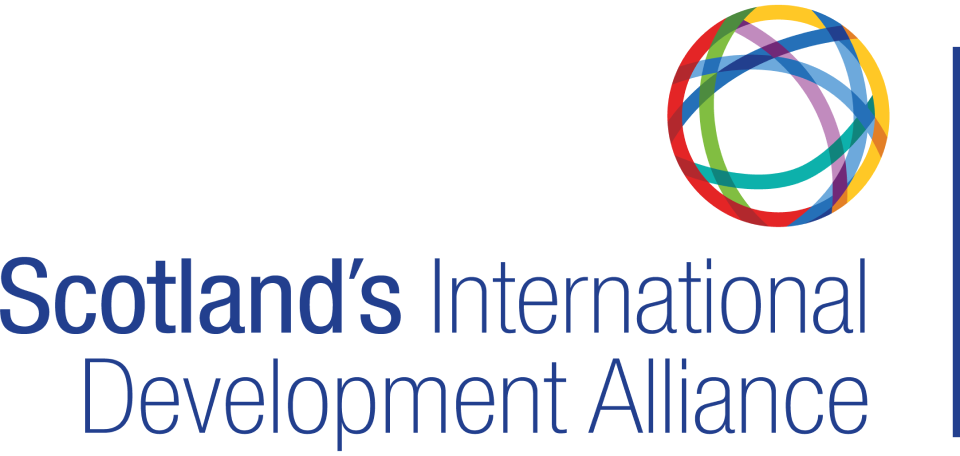The topic of safeguarding is broad and can be daunting. SIDA’s definition and approach to safeguarding is explained in these short extracts from one of our webinars explaining what safeguarding means (1min 30) and the key dimensions and principles of safeguarding (7 mins).
Definitions
There are various definitions of the term ‘safeguarding’ particularly how it is applied in international development. What is important is that your organisation uses one that truly reflects the purpose and values of your organisation and what you are aiming for. It should be clear and easy for all to understand, and you should use this same definition consistently.
Safeguarding is often seen as focused on children and vulnerable adults, but concerns in the sector highlighted broader governance issues such as bullying and harassment, problems with reporting, and implementation of policies. The Alliance has therefore adopted the following definition that encompasses all those involved in the sector.
“Safeguarding promotes the safety and welfare of people involved in the delivery or receipt of humanitarian aid and development assistance, protecting them from harm, including all forms of exploitation, abuse and harassment.”
Whilst the underlying principles and values are constant, definitions vary according to the type of organisation and its modalities. The following definitions give a sense of how different types of organisations approach and define safeguarding as well as the specific definitions set out by the regulatory body.
OSCR Safeguarding Definition
“Safeguarding is the action an organisation takes to promote the welfare of children and vulnerable adults to protect them from harm. This includes making sure the appropriate policies and procedures are put in place. Safeguarding includes child protection but goes further and extends to all vulnerable beneficiaries.”
The full OSCR safeguarding guidance can be found online.
SCVO Safeguarding Definition
“Safeguarding basically means ensuring that there are measures in place to make sure that beneficiaries and others who come into contact with your organisation are protected from harm. Safeguarding is everyone’s responsibility, and for both trustees and staff it means going over and above your minimum legal responsibilities and making sure the culture within your organisation is to respect and protect the people there.”
More information about safeguarding can be found online.
Scotland’s Third Sector Governance Forum Definition
“Scotland’s Third Sector Governance Forum has recently consulted on their draft Governance Code. The Code specifically sets out a commitment to ensure that boards regularly review the policies, procedures and reporting arrangements for safeguarding policies.”
The Governance Forum and the draft Code (pdf) can be accessed online.
BOND Safeguarding Definition
In its Safeguarding Policy Template, Bond sets out safeguarding as follows: “In the UK, safeguarding means protecting peoples’ health, wellbeing and human rights, and enabling them to live free from harm, abuse and neglect.
In our sector, we understand it to mean protecting people, including children and at risk adults, from harm that arises from coming into contact with our staff or programmes.”
(This draws from NHS ‘What is Safeguarding? Easy Read’ 2011).
NHS ‘What is Safeguarding? Easy Read’ 2011 (pdf).
Open University Definition
“Safeguarding is our responsibility to ensure that our staff, students and other individuals connected to our activities, operations and programmes do no harm to children and vulnerable adults. It is also our responsibility to manage any concerns raised and report them on to the appropriate authorities.”
Safeguarding Terminology
- The Safeguarding Resource and Support Hub sets out useful definitions and terminology here.
- BOND provides a Glossary of Terms on pages 4-6 within its Safeguarding Policy Template
- The Scottish Government’s National Guidance for Child Protection, which contains definitions of physical, emotional, sexual abuse and neglect.
- The NSPCC has a briefing covering the definitions and signs of child abuse (pdf).
